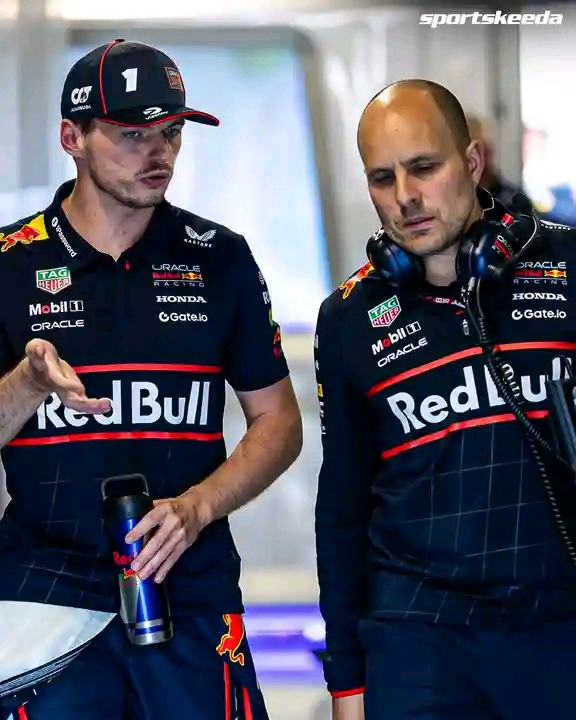
In a recent interview, Gianpierro Lambiase, the long-time engineer for Red Bull Racing’s star driver Max Verstappen, addressed the growing narrative that paints Verstappen as the “villain of the paddock.” This label, often thrown around by fans and analysts alike, suggests that the two-time world champion has become a polarizing figure in Formula 1. Lambiase’s insights shed light on how media portrayal and competitive rivalries can sometimes distort the public’s perception of a driver.
Lambiase emphasized that Verstappen’s fierce competitive nature, which has seen him achieve remarkable success, often leads to misconceptions about his character. He noted that Verstappen embraces the intensity required to win at the highest level, which, while admirable, can sometimes be misinterpreted as arrogant or villainous behavior. Lambiase argued that such characterizations fail to consider the immense pressure drivers face and how that influences their reactions on and off the track.
The engineer further elaborated on how media narratives can shape fans’ opinions. “Every action, every expression is scrutinized under a microscope,” Lambiase explained. He highlighted specific incidents that fueled this reputation, such as notable on-track battles with rivals like Lewis Hamilton. These confrontations, while thrilling for spectators, can lead to narratives that label drivers based on fleeting moments rather than their overall conduct throughout the season.
Despite the negativity surrounding Verstappen’s image, Lambiase remained optimistic about how fans can come to appreciate the complexities of a racing personality. He urged the audience to look past the surface and recognize Verstappen’s genuine passion for the sport. “He’s not just a villain; he’s a competitor who loves racing and strives for excellence,” Lambiase insisted, urging fans to see the broader picture of Verstappen’s character and the dedication behind his fierce persona.
In conclusion, Gianpierro Lambiase’s reflections on Max Verstappen’s portrayal underscore the broader conversation about how narratives in sports are formed and perpetuated. While the “villain” label may draw attention, it often oversimplifies the nuanced reality of competitive racing. As the Formula 1 season progresses, Lambiase’s comments encourage fans and analysts alike to appreciate the diverse traits that make a driver not just a competitor but a true athlete pushing the boundaries of the sport.


